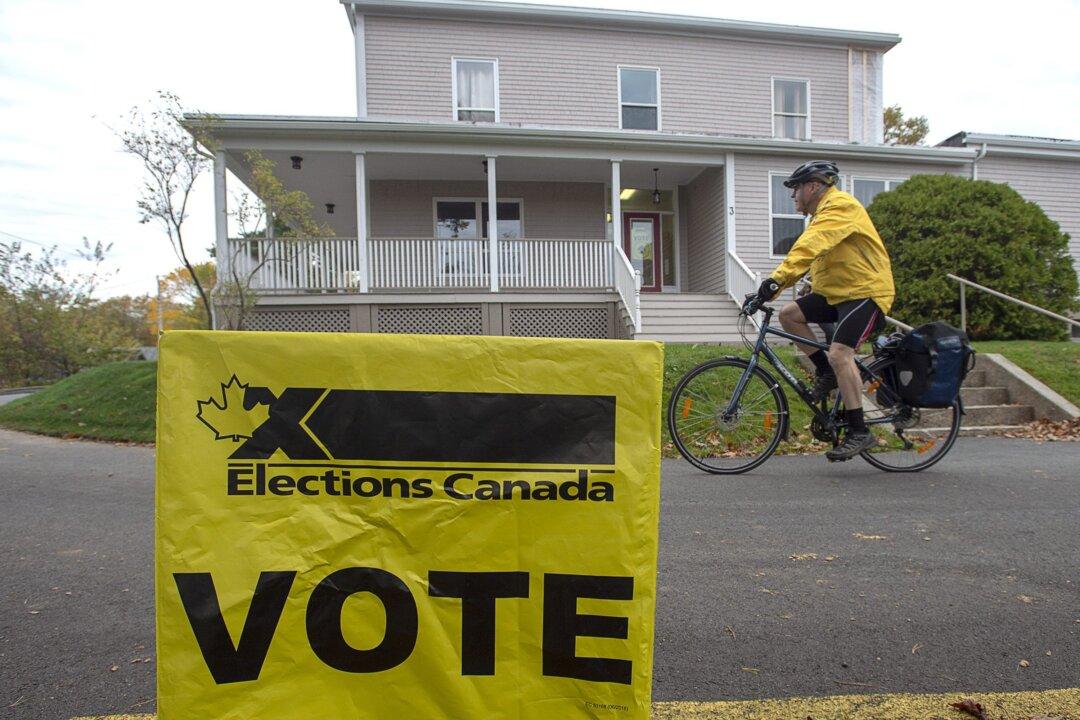News Analysis
Although those with a keen interest in the federal election pay close attention to polls, political scientists and pollsters say poll questions, available answers, and skewed headlines can mislead voters.

Although those with a keen interest in the federal election pay close attention to polls, political scientists and pollsters say poll questions, available answers, and skewed headlines can mislead voters.